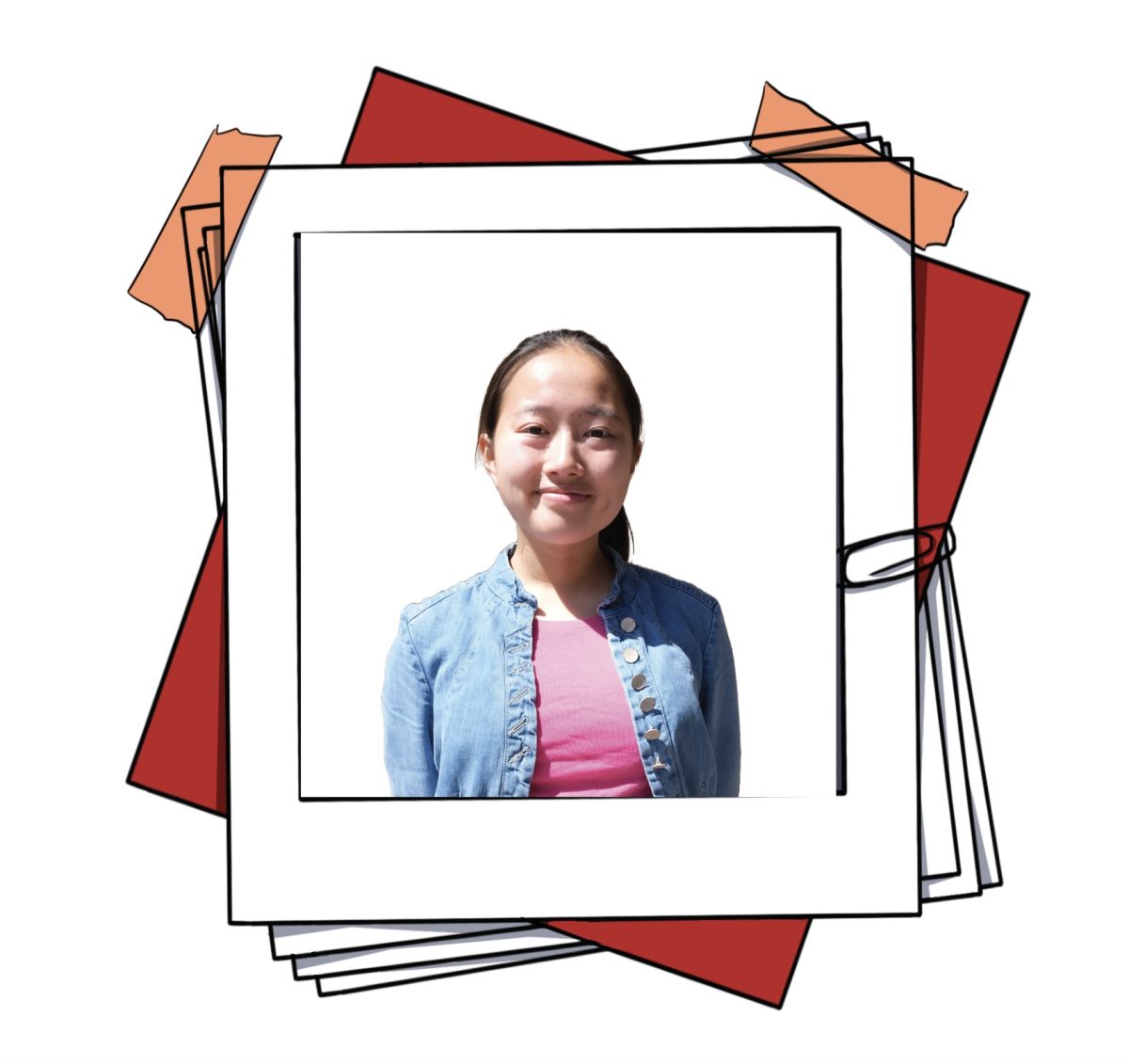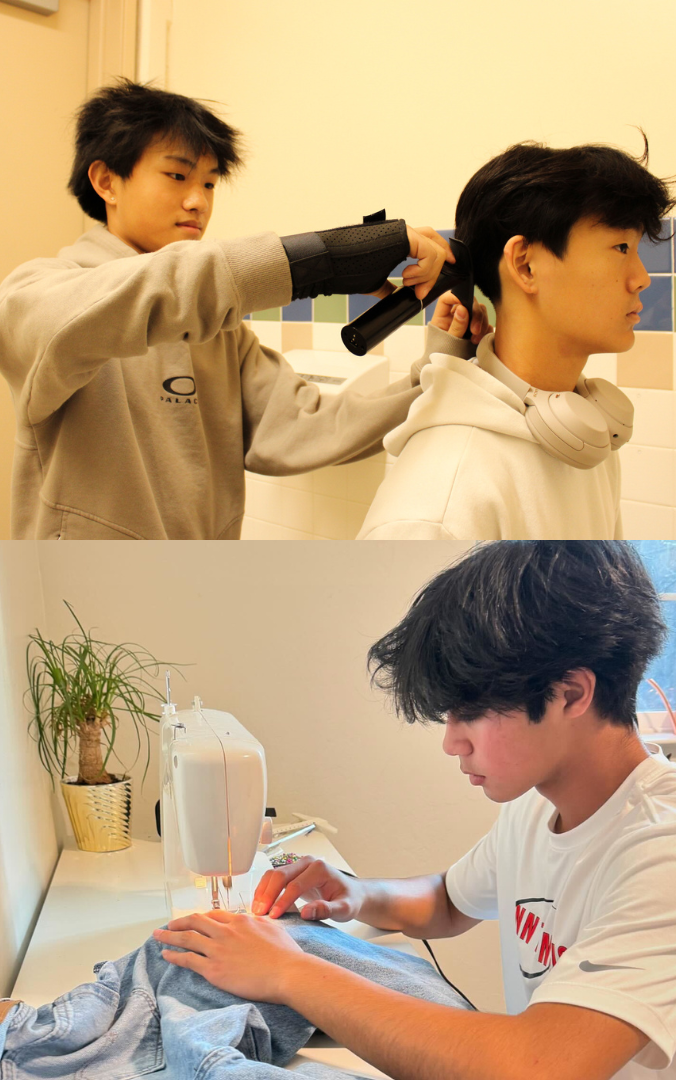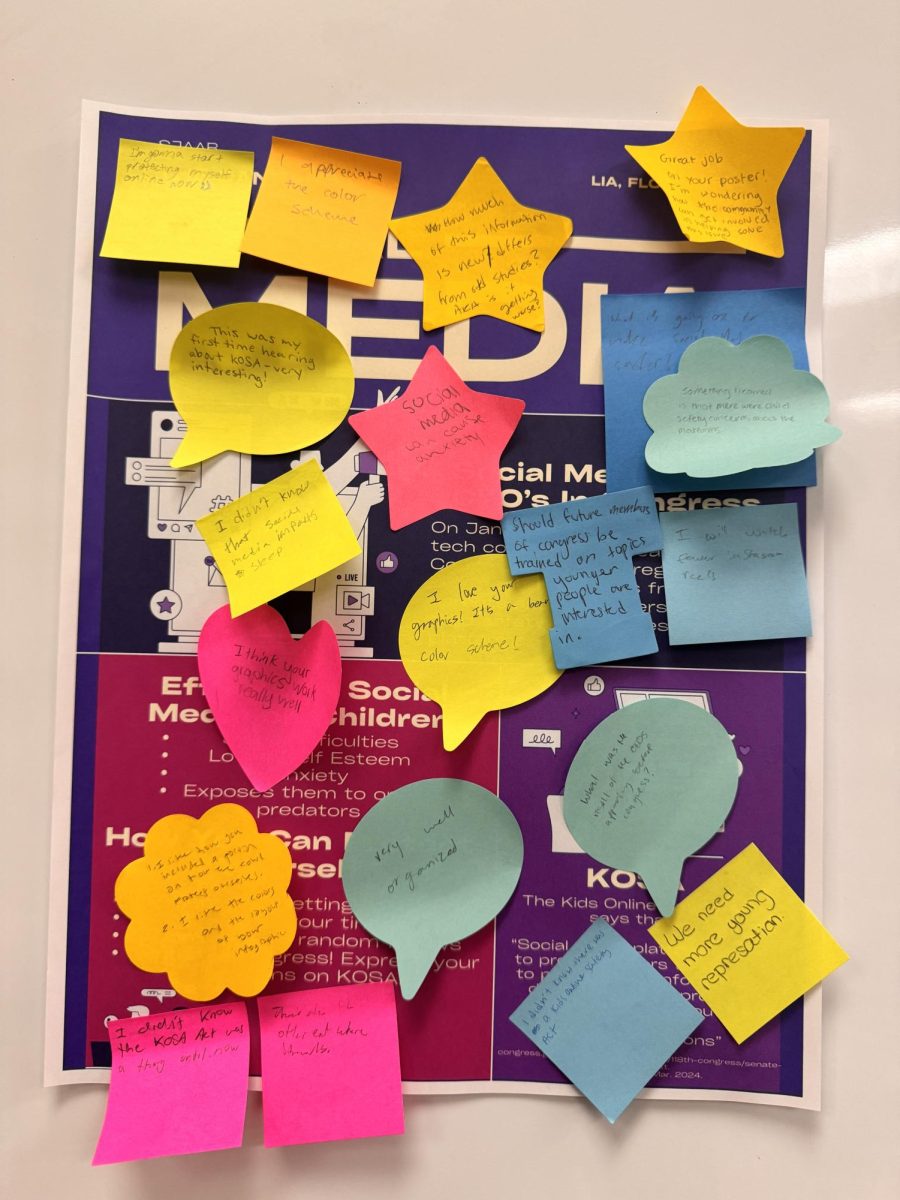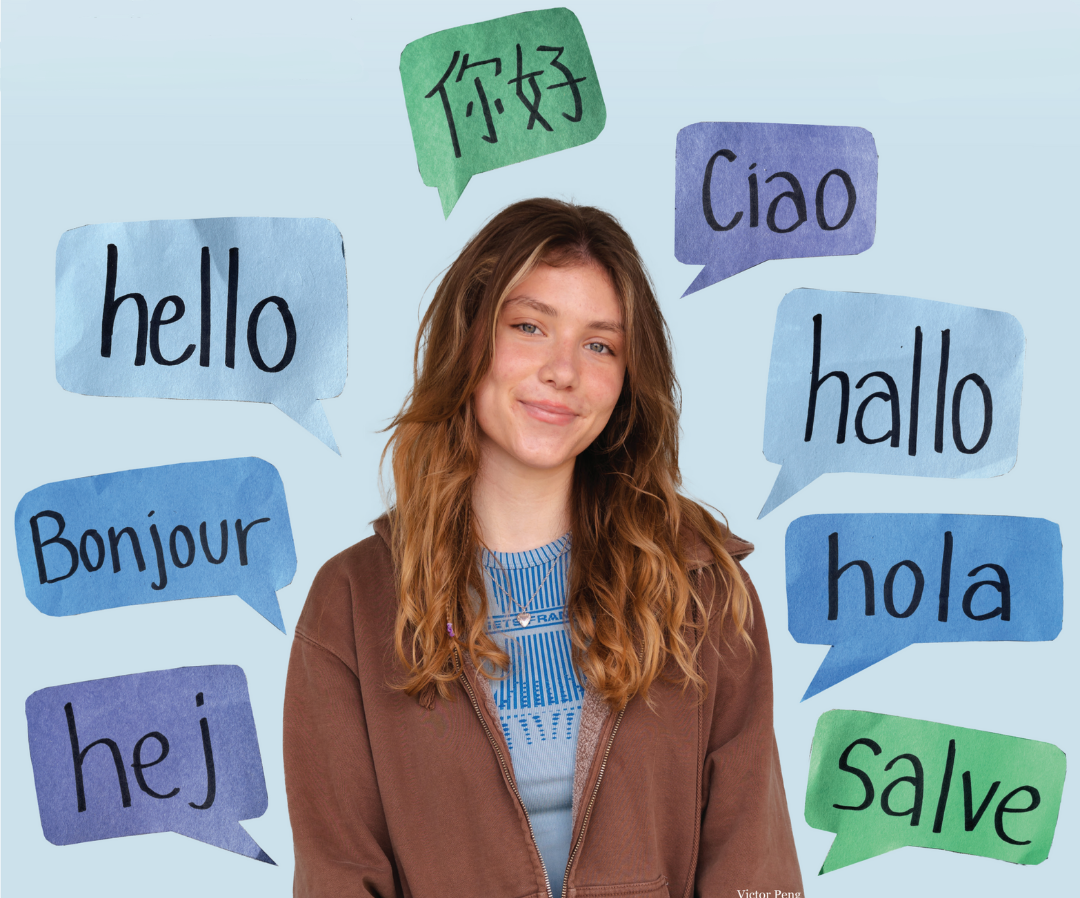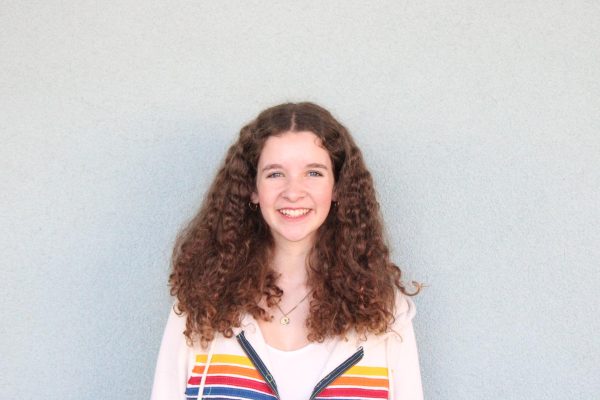Junior Samhita Krishnan had discovered one issue that many people hadn’t — the gap between the elderly and the youth. To build a better community Krishnan decided to take action and create a pen-pal project called BuddyBonds. In Gunn’s Advanced Authentic Research class, each student has the opportunity to research a topic chosen in an area they find interesting. Alongside juniors Namya Kasturi and Lia O’Donovan, Krishnan created BuddyBonds, a program to connect seniors from Ivy Living — an assisted living community in Menlo Park — with Gunn students. So far, ten students have sent out a combined total of six letters and received one in return. BuddyBonds aims to mend the disconnect between older and younger generations. Writing letters provided a way to build friendships between unlikely individuals, all from the comfort of home.
“We originally started a pen-pal project because we wanted to bridge the intergenerational gap between the elderly and students here at Gunn,” Krishnan said.
These letters cover a variety of topics, such as hobbies, sports, academics or anything else the students choose to include about themselves. The founders of BuddyBonds created basic prompts intended to promote interesting conversations and encourage those writing to share more about themselves.
“In one of the letters, one of the other people who participated talked about her love for music and how she’s part of the orchestra,” Krishnan said.
Writing these pen-pal letters transcend the benefits of casual correspondence. According to Krishnan, the experience of a senior citizen — someone who is over 60 years old — is incredibly different from that of a high schooler, and writing to them would provide students with a chance to understand unique points of view and learn from their vivid life experiences. Krishnan adopted a newfound sense of understanding towards those who reside at Ivy Livings through her pen-pal letters. The project also left a positive impact on the community at Ivy Living by helping to introduce more social aspects to the seniors’ lives.
“Only one out of the 10 people we interviewed said that they got contact with people outside of the retirement home,” she said. “And after we did the pen pal letters, (we) can safely say that there’s been a difference and that they feel a little bit more connected, specifically to the students that were involved with the pen pal program.”
This pen-pal project has also created a chance for students to meet one of the residents in person — Alison. Alison, who has lived and studied in Edinburgh, Scotland, was one of those individuals. This experience has proven that taking initiative to reach out can lead to potentially life-changing opportunities like these.
Although the project is relatively new, with the first letter being sent out in March, Krishnan recommends this activity to anyone looking for a way to connect with others.
“Reaching out and communicating is definitely a great way to get involved in writing letters,” she said.
The practice of writing letters has become less and less common, vanishing in the age of technology. While less convenient, the authenticity of writing, addressing, stamping and mailing a letter can’t be beat. Despite its decline in popularity, however, the art of pen-palling is still occasionally seen today in initiatives such as BuddyBonds, which are intended to connect people of different ages.



